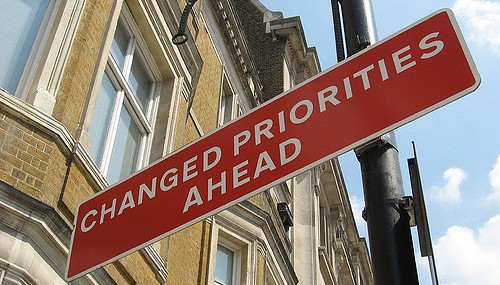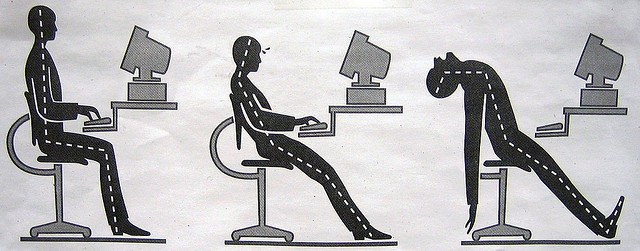
More and more women are becoming the primary income earner for their families. Conservative commentators have been quick to claim that women working and earning more than their male partners has negative effects on marriages, children, and the home. But new research shows that both men and women are happier when the woman is the primary breadwinner.
As described in a Washington Post article, sociologist Christin Munsch found that men who bring in a larger share of household income are more likely to have low psychological and physical well-being scores. However, when women bring in a larger share of household income, both men and women reported higher scores. Though this finding seems to defy conventional wisdom, it is driven by gender norms, as Munch explains.
“Gendered expectations often pull people into making different career decisions … Men are more likely to blindly take on responsibilities with work because they’re associated with more income. Women are more likely to ask: Do I like this? Do I want to do this?”
In other words, women are more likely to take a high-paying job because they’re interested in the work. Men, on the other hand, are more likely to feel that they have to take a stressful, high-income job because that’s their role. These new findings show that changing long-held gendered expectations surrounding work and earnings is in everyone’s best interest.









